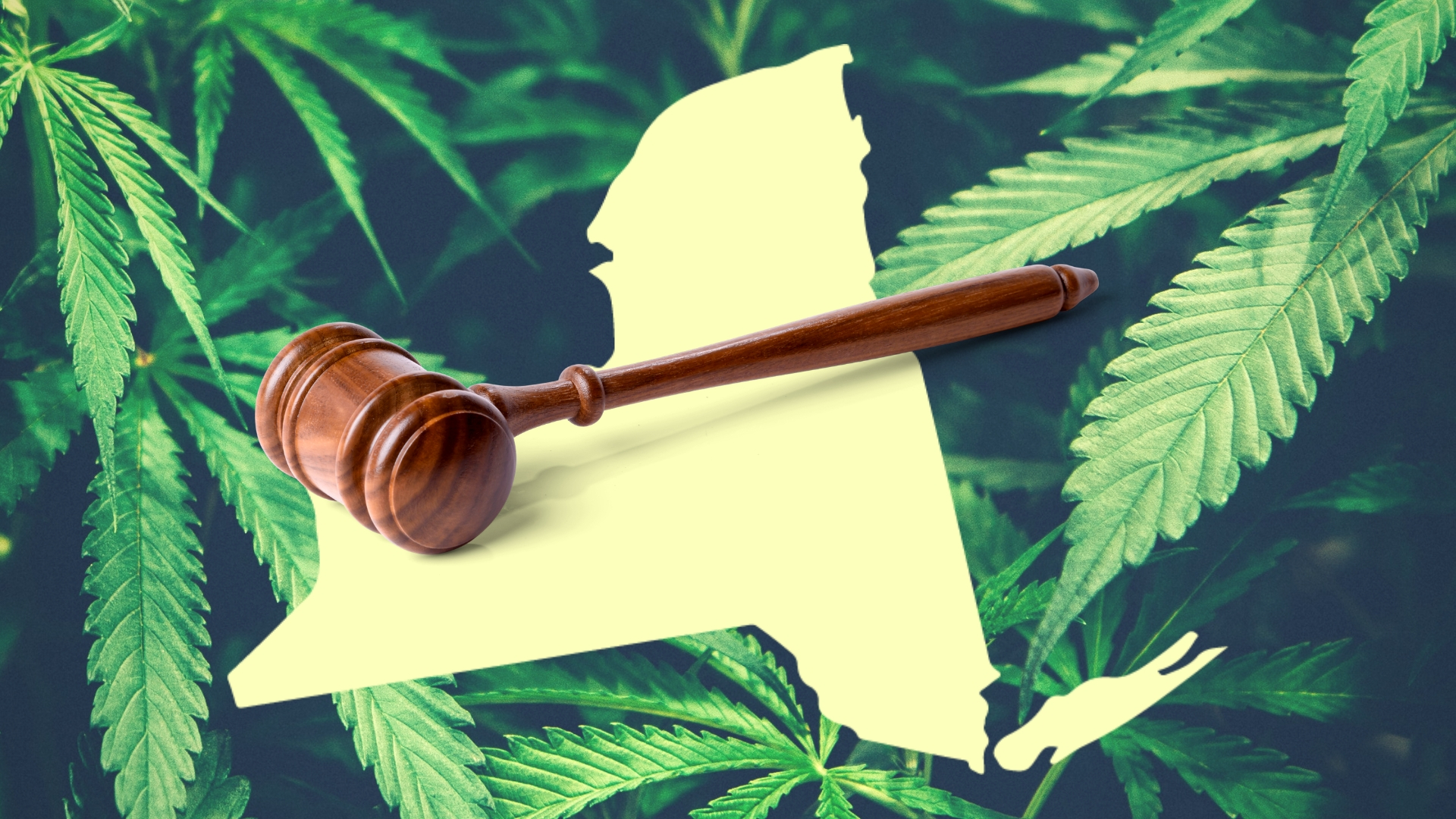

This article was first seen in print as part of our Legislative Update column.
Legal cannabis in New York State has been a hot topic politically in light of the state budget proposal back in January. The governor’s proposed Cannabis Regulation and Taxation Act was introduced, and confusion remains over whether or not the Empire State could soon be known as the Hempire State. In 2017, Andrew Cuomo said: “It’s a gateway drug, and marijuana leads to other drugs.” However, in December of 2018, Cuomo flipped proclaiming, “Let’s legalize the adult use of recreational marijuana once and for all.”
While disenfranchised communities, medical patients and those convicted of non-violent cannabis offenses demand change now, there is still strong opposition from various anti-legalization police and education groups. Officials from Nassau, Putnam, and Suffolk County, all claim their districts will opt-out if legalization is passed. Greg Wickett, the chief of police in the Town of Hamburg and current president of the Erie County Chiefs of Police Association, offered his personal belief on legalization happening in 2019: “It does sound like that’s the trend, the politicians have the mindset that they are going to do it … I would say that it is probably likely to happen this year.” Wickett believes that this new law poses more harm than good to Erie County. He expressed much concern in the area of public safety and driving under the influence and cited a Colorado report, highlighting that fatalities, where drivers tested positive for cannabinoids, increased drastically after legalization.
Among the prevailing supporters of pro-cannabis change is Majority Leader, Assemblywoman Crystal Peoples-Stokes. She represents Assembly District 141 which covers some of the Buffalo area. Peoples-Stokes is a co-sponsor of the Cannabis Regulation and Taxation Act. This bill, if enacted, would allow “the growing of and use of marihuana by persons twenty-one years of age or older” among other things. Mark Boyd, her chief of staff, gave some insight on the timeframe for this legislation:
“Based upon regulatory framework … estimations look anywhere from probably a year to possibly up to two years” Looking back at the history of cannabis laws in New York State, medical marijuana was legalized in July of 2014, but patients did not start to see dispensaries until roughly eighteen months after the bill was passed. Boyd also illustrates some challenges facing legalization: “We’re just looking to make sure that the bill is strong in the sense of having the necessary social and criminal justice aspects attached to it: community reinvestment, research, education, and awareness … not only that, but it’s also going to be regulated in a way that doesn’t make it unaffordable for residents.”
Peoples-Stokes is fighting for these tenants to be present in a separate bill, but Boyd highlights that “Hopefully everything will come together by April 1st, we technically still have until June 19th to get something passed.” It turns out that legalization did not come to fruition in time for the April 1st budget deadline. On an excerpt from WAMC radio, Cuomo shared his insight: “We will get marijuana done, it’s not a question of political desire, it’s a question of the practical reality of how you put the new system in place.”
While Lawmakers have until June 19th to decide on adult-use cannabis, we may be more likely to see amendments that expand the existing medical program. This is the aim of a new bill proposed by state Senator Diane Savin. The bill expands eligible conditions to include Autism, Rheumatoid Arthritis, and Alzheimer’s. It also adds smokeable dosage forms and increases the number of dispensaries allowed in the state, from 4 per company to 8. Hopefully, this change will increase competition and drive the price of medical cannabis products down.
Another change that patients will see, if the bill is signed, is the limit on the amount of product that patients can purchase. The current limit is a 30-day supply, the proposed law would double this amount. Other changes include the addition of facility caregivers and medical marijuana research licenses. The former would allow medical cannabis to be acquired, possessed, and administered at a number of facilities, while medical marijuana research licenses would permit more firms to legally conduct research using medical marijuana.

